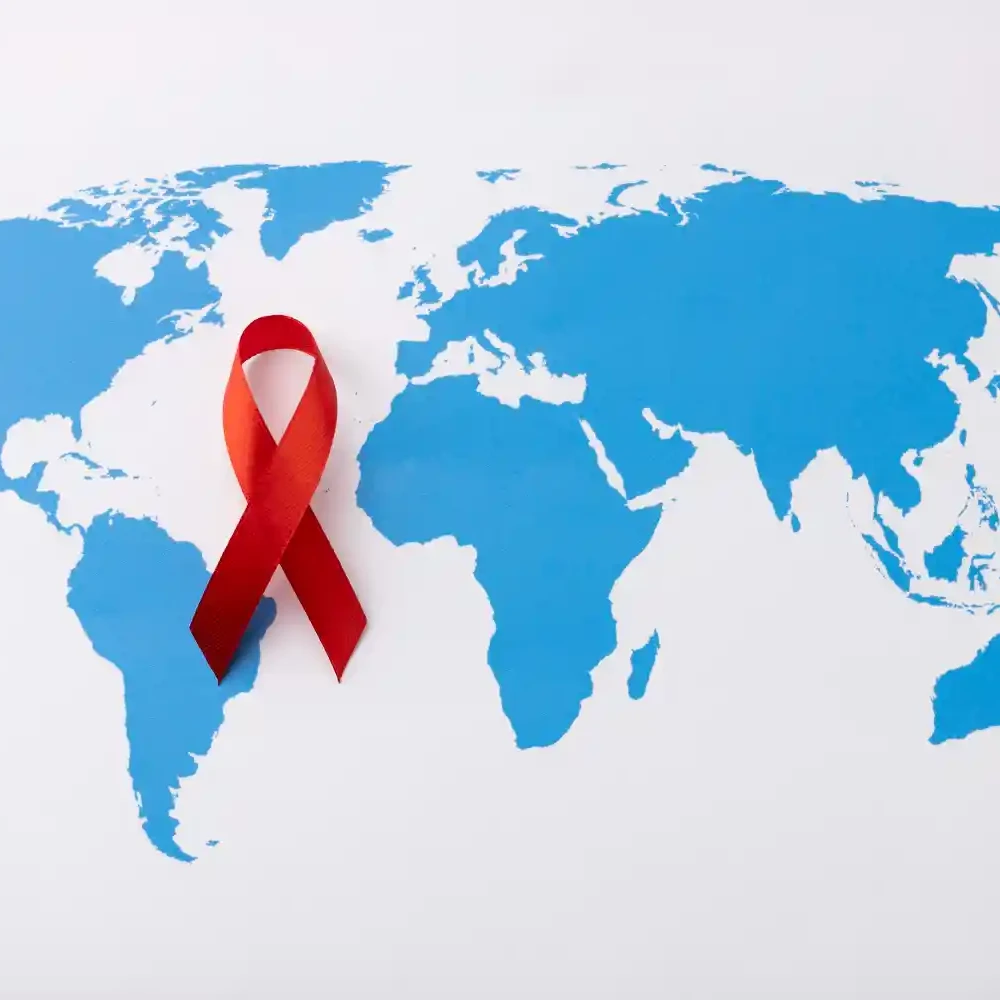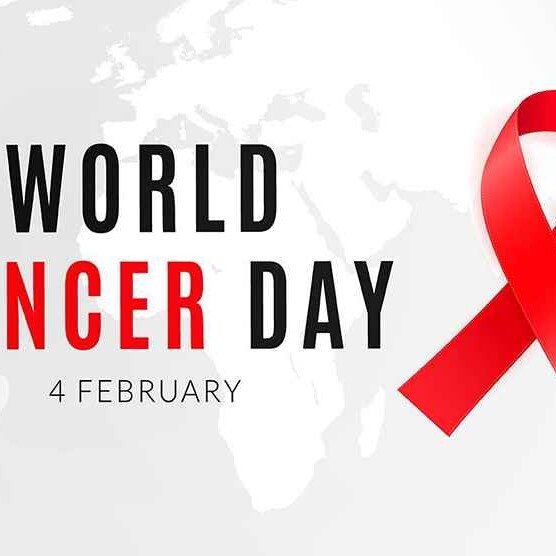Every year on July 28th, the world unites to raise awareness about viral hepatitis on World Hepatitis Day.
The day serves as a global platform to raise awareness, promote prevention, and advocate for access to treatment for hepatitis.
This silent threat affects millions globally, highlighting the critical need for prevention, testing, and treatment.
Hepatitis refers to inflammation of the liver, often caused by five main viral strains: A, B, C, D, and E.
While some strains cause acute, short-term illness, others, like hepatitis B and C, can become chronic, leading to serious complications like cirrhosis and liver cancer.
World Hepatitis Day aims to mobilize individuals, communities, and policymakers to eliminate viral hepatitis as a public health threat.
What is hepatitis?
Hepatitis refers to inflammation of the liver, a vital organ responsible for processing nutrients, filtering toxins, and producing bile.
It can be caused by a variety of factors, including viral infections, alcohol consumption, autoimmune diseases, and exposure to certain medications or toxins.
Viral hepatitis is primarily caused by five main types of hepatitis viruses, labeled A through E.
- Hepatitis A (HAV): transmitted through contaminated food or water, infections are usually acute and self-limiting, causing symptoms such as fatigue, nausea, jaundice, and abdominal pain.
- Hepatitis B (HBV): primarily spread through blood or bodily fluids, infections can become chronic and lead to serious liver damage if left untreated. It is preventable through vaccination and can be effectively managed with antiviral medications. Infection with hepatitis B currently has no cure.
- Hepatitis C (HCV): primarily spread through blood or bodily fluids, infections can become chronic and lead to serious liver damage if left untreated. Once considered incurable, hepatitis C can now be cured with direct-acting antiviral drugs, leading to significant improvements in treatment outcomes.
- Hepatitis D (HDV): primarily spread through blood or bodily fluids, infections can become chronic and lead to serious liver damage if left untreated. It only occurs in individuals who are already infected with the hepatitis B virus and can exacerbate liver damage.
- Hepatitis E (HEV): the virus is transmitted through contaminated food or water, infections are acute, self-limiting, pose a greater risk for pregnant women, and can lead to liver failure; symptoms include fatigue, nausea, and abdominal pain.
Despite advances in prevention and treatment, viral hepatitis remains a significant global health challenge, underscoring the importance of continued efforts to raise awareness, improve access to healthcare services, and eliminate viral hepatitis as a public health threat.
Understanding the global burden of hepatitis
Viral hepatitis is a major public health challenge worldwide, with millions of people affected by hepatitis B and C viruses.
According to the WHO, viral hepatitis caused an estimated 1.34 million deaths in 2019 alone, surpassing mortality rates from diseases such as HIV/AIDS, tuberculosis, and malaria.
Also, the World Health Organization (WHO) estimates that over 354 million people are infected with chronic hepatitis B or C, with millions more unaware of their status.
Despite advances in prevention and treatment, hepatitis continues to take a heavy toll on individuals, families, and healthcare systems globally.
Why does World Hepatitis Day exist?
World Hepatitis Day serves a vital purpose.
It sheds light on the significant burden of this disease, particularly in resource-limited settings.
The lack of awareness regarding symptoms, transmission routes, and available treatment options leaves many undiagnosed and untreated.
Educational campaigns during World Hepatitis Day play a crucial role in empowering individuals with knowledge and encouraging them to get tested.
The fight against hepatitis requires a multi-pronged approach.
Vaccination remains the most effective way to prevent Hepatitis A and B.
Safe blood transfusion practices and proper hygiene habits are essential for preventing all types of hepatitis.
For those already infected, access to affordable and effective treatment is crucial.
Fortunately, significant advancements have been made in recent years, with highly effective antiviral medications available for hepatitis B and C, potentially leading to a cure.
World Hepatitis Day serves as a call to action for governments, healthcare organizations, and individuals alike.
- Governments must invest in robust healthcare systems that can provide widespread testing, vaccination programs, and treatment options.
- Healthcare providers need to raise awareness among patients and encourage them to get screened.
- Individuals can play their part by getting tested for hepatitis, practicing safe hygiene, and advocating for increased access to prevention and treatment services.
By working together, the goals outlined by the WHO’s global hepatitis strategy—the elimination of hepatitis B and C by 2030—can be achieved.
World Hepatitis Day serves as a powerful reminder that, through increased awareness, accessible healthcare, and collective action, we can conquer this silent threat and create a future free from viral hepatitis.
Themes of World Hepatitis Day
Each year, World Hepatitis Day focuses on a specific theme to highlight key issues and mobilize action.
Here is a list of themes for World Hepatitis Day celebrations by year:
- 2011: Hepatitis affects everyone, everywhere. Know it. Confront it. Confront her.
- 2012: It’s closer than you think.
- 2013: More must be done to stop this silent killer.
- 2014: Hepatitis: Think Again
- 2015: Prevention of viral hepatitis. Act now.
- 2016: Know Hepatitis—Act now.
- 2017: Eliminate Hepatitis.
- 2018: Test. Treat. Hepatitis.
- 2019: Invest in eliminating hepatitis.
- 2020: Hepatitis-Free Future
- 2021: Hepatitis can’t wait
- 2022: Bringing Hepatitis care closer to you
- 2023: Our life, our liver
These themes highlight the importance of raising awareness, taking action, and investing in efforts to eliminate viral hepatitis worldwide.
They drive public health interventions aimed at the following:
- Prevention: promoting vaccination, safe injection practices, and awareness of transmission routes to prevent hepatitis infections.
- Testing: encouraging individuals to get tested for hepatitis, particularly those at high risk, to facilitate early detection and linkage to care.
- Treatment: advocating for access to affordable and effective treatment for hepatitis, including antiviral medications and support services.
- Elimination: rallying support for global efforts to eliminate viral hepatitis as a public health threat by 2030, as outlined in the WHO’s Global Hepatitis Strategy.
World Hepatitis Day 2024
The theme for World Hepatitis Day 2024 is yet to be made known
These themes usually underscore the urgency of addressing the challenges posed by hepatitis and emphasize the importance of reaching vulnerable populations, increasing testing rates, and ensuring timely access to treatment for those living with hepatitis.
On World Hepatitis Day 2024, governments, healthcare providers, civil society organizations, and individuals around the world come together to organize various activities and initiatives aimed at raising awareness and promoting action against hepatitis.
These may include educational campaigns, community outreach events, free hepatitis testing, and vaccination drives, policy advocacy efforts, and fundraising activities to support hepatitis prevention and control programs.
Through collective action and sustained commitment, World Hepatitis Day 2024 aims to accelerate progress towards the elimination of viral hepatitis by 2030, as outlined in the World Health Organization’s Global Health Sector Strategy on Viral Hepatitis.
By raising awareness, increasing testing rates, expanding access to treatment, and addressing the social determinants of health, we can work towards a future where hepatitis no longer poses a threat to global health security, and all individuals have the opportunity to live healthy lives free from the burden of viral hepatitis.
Ways to get involved
Participating in World Hepatitis Day offers numerous opportunities to raise awareness, advocate for policy change, and support individuals affected by hepatitis:
World Hepatitis Day serves as an opportunity to get involved in raising awareness about viral hepatitis, promoting prevention measures, and supporting individuals affected by the disease.
Here are several ways the public can participate in World Hepatitis Day:
1. Educate yourself
Take the time to learn about the different types of viral hepatitis (Hepatitis A, B, C, D, and E), their transmission routes, symptoms, and preventive measures.
Understanding the disease can empower you to make informed decisions and educate others.
2. Raise awareness
Spread the word about World Hepatitis Day through social media platforms, community events, and awareness campaigns.
Share educational resources, infographics, and personal stories to increase awareness of hepatitis and its impact on global health.
3. Get tested
If you are at risk of hepatitis infection or have symptoms suggestive of the disease, consider getting tested.
Many people with hepatitis are unaware of their status, as the infection may not cause noticeable symptoms for years.
Testing is crucial for early detection and treatment.
4. Promote vaccination
Encourage vaccination against hepatitis, especially for individuals at high risk of infection, such as healthcare workers, people living with HIV, injection drug users, and travelers to endemic areas.
Hepatitis B vaccination is highly effective in preventing transmission of the virus.
5. Support those affected
Show compassion and support for individuals living with viral hepatitis and their families.
Offer a listening ear, share resources for support groups and healthcare services, and advocate for access to affordable treatment and care.
6. Advocate for policy change
Advocate for policies and initiatives that prioritize hepatitis prevention, testing, treatment, and support services.
Support efforts to increase funding for hepatitis programs, improve access to healthcare, and eliminate barriers to testing and treatment.
7. Organize events
Organize or participate in events such as seminars, workshops, health fairs, and fundraisers to raise awareness about hepatitis and promote prevention strategies.
Collaborate with local healthcare providers, community organizations, and government agencies to maximize impact.
8. Share personal stories
Share personal experiences of living with hepatitis or being affected by the disease.
Personal stories can humanize the issue, raise awareness of its impact on individuals and communities, and inspire others to take action.
9. Get involved online
Join online forums, social media groups, and virtual events dedicated to hepatitis awareness and advocacy.
Engage in discussions, share resources, and connect with others who are passionate about making a difference in the fight against hepatitis.
10. Stay informed
Stay updated on developments in hepatitis research, treatment options, and public health initiatives.
Follow reputable organizations and news sources for reliable information and opportunities to get involved in hepatitis advocacy efforts.
Conclusion
World Hepatitis Day is a critical opportunity to unite individuals, communities, and policymakers in the global fight against viral hepatitis.
By raising awareness, promoting prevention, advocating for access to treatment, and supporting individuals affected by hepatitis, we can work together to eliminate this silent epidemic and ensure a healthier future for all.
Whether through social media campaigns, community events, policy advocacy, volunteering, or personal action, everyone has a role to play in advancing the goals of World Hepatitis Day.
Join the movement and help us make hepatitis history by 2030.
Obisesan Damola
Damola is a medical doctor who has worked in the Nigerian healthcare industry for a little over 3 years in a number of primary, secondary, and tertiary hospitals. He is interested in and writes about how technology is helping to shape the healthcare industry. He graduated from the College of Medicine, University of Ibadan, the foremost medical training institution in Nigeria.





